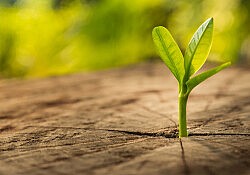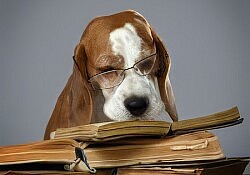My Ramadan Experience in UAE
Posted by Rev Roger
Posted on May 15, 2020
UUSS Tuesday Online Vespers, May 12, 2020
Reflection by Lindsay Mitchell, Worship Associate
 In 2008, the holy month of Ramadan began September first, only a few weeks after I had arrived in Ras al Khaimah, United Arab Emirates (UAE). I was twenty five years old, and the recession led me abroad to look for work. Ras al Khaimah means “top of the tent” in Arabic which refers to it being the most northern province, or emirate, in the country.
In 2008, the holy month of Ramadan began September first, only a few weeks after I had arrived in Ras al Khaimah, United Arab Emirates (UAE). I was twenty five years old, and the recession led me abroad to look for work. Ras al Khaimah means “top of the tent” in Arabic which refers to it being the most northern province, or emirate, in the country.
While more developed now, back then there was not much to do in Ras al Khaimah besides go to the mall to get out of the heat and visit the same thirty or so shops over and over again. One perk of living in such an international country, though, was the delicious food from all over the Arab world and South Asia that I got to enjoy everyday.
Expats and immigrants make up about 88% of the population in UAE. Sadly, one’s country or region of origin often determined the kind of job you had in the country. For example, restaurant staff, nurses and nannies were almost always Filipino. Poorer people from South Asia often worked in construction or drove taxis. As an educated westerner, one could pretty accurately predict that I was either in the travel industry or in education.
This meant that, often, expats in the country tended to have a very insular, culturally limited experience. Had I been surrounded by only English- speaking Americans and Brits, my access to authentic cultural and religious events would have been extremely limited. I recall meeting a beautiful flight attendant from England who worked for the local Air Arabia. She’d been living in the country for nearly four years and couldn’t name all seven emirates or have a basic conversation in Arabic. I was embarrassed for her. (SHOW SLIDE) Thanks, Ivan
I feel very fortunate that the teaching job that brought me to the UAE offered me a different, more inclusive experience. I taught Kindergarten for a year in an international school. I will never forget the first day of school when eighteen four-year-olds (only one who knew a few words in English) were dropped off by their nannies. They were screaming, they were crying, they were climbing furniture and they had no idea what I was saying to them.
Though the school was small, we had an interesting group of international teachers. There were teachers from Lebanon, Syria and Palestine. There were Western teachers, like me, that had been categorized as “Christian” on our work visas. There were Muslim teachers from the UK, Australia, and Bosnia. During our common break time, I would watch my colleagues unfold their prayer mats in the faculty lounge as the calls of prayer rang out from the many nearby mosques, each muezzin putting his own unique flourish on the melody. I greatly admired their dedication to their faith, and the daily ritual became a sort of comfort for me. So, when Ramadan was about to begin I decided to join in on the fasting as both a cultural experience and in solidarity with my new friends and colleagues.
In the beginning, it was difficult. I didn’t eat or drink anything from sunrise to sunset. In early September, the temperature was still well above 100 degrees every day and my throat and mouth would get dry and sore from talking all day. I still remember breaking the fast with a date for the first night’s ifar as my friends and I shared food from our home countries.
One day we all crammed into a car to take a road trip. It was late afternoon when another car hit us and sped off. Nobody was injured, and we sat on the grassy area on the side of the highway, trying to get a hold of someone to help us. During the next four hours, dozens and dozens of cars slowed down to look at us (especially me, the blonde), but nobody offered to help. Finally, a police officer pulled over and spoke to my Syrian colleague to find out what was going on. That officer stayed with us. As the hours passed, it got close to iftar time, the moment you break the fast at sunset. At exactly that moment, he handed each of us a bottle of water and a dried date wrapped in plastic. We broke the fast together. A moment later, a luxury sedan pulled up next to us. The driver agreed to drive us the hour and a half back to Ras al Khaimah. As a way to thank him, we offered to buy him dinner at a favorite restaurant. But, in the end, he had generously bought all six of us dinner in secret. It turns out, he was a local sheikh and close relative of the Emirati royal family.
Eid-al-Fitr is the holiday at the end of Ramadan. As it approached, I felt lucky to be included in my local friends’ preparations. We bought new dresses from the souk and special sweets from local bakeries. My apartment was right next to the grand mosque of Ras al Khaimah. I enjoyed watching the hundreds and hundreds of locals gather to pray together outside, the men in white and the women in black. While I would probably always be seen as an outsider in that country, it felt special to sacrifice and celebrate along with my Muslim neighbors.
There are 2 Comments on this post.
Feel free to leave your own comment or question about this post.
More Religious Services Committee Updates
2 Responses to “My Ramadan Experience in UAE”
Sorry, the comment form is closed at this time.




Your experience and narrative was wonderful. I felt like I was there! Thank you.
Thank you, Glory!